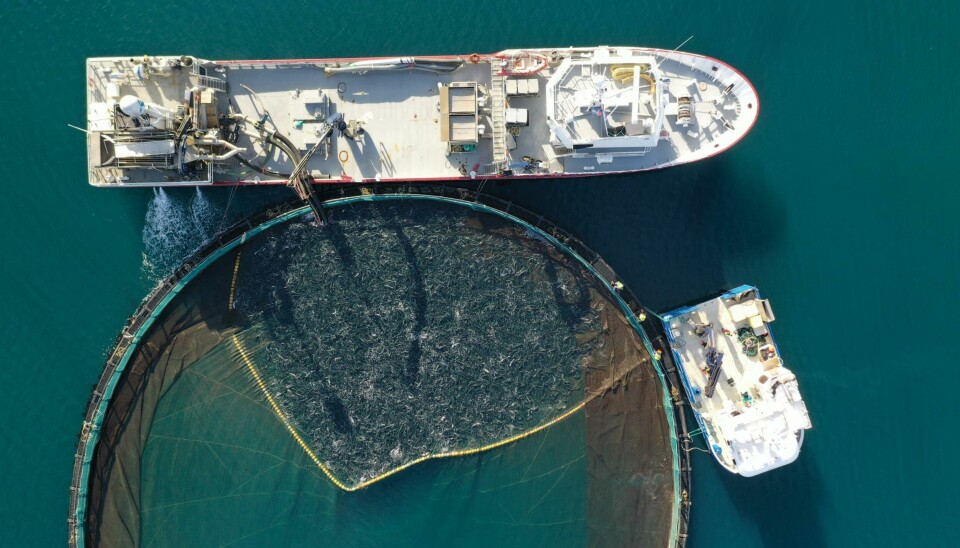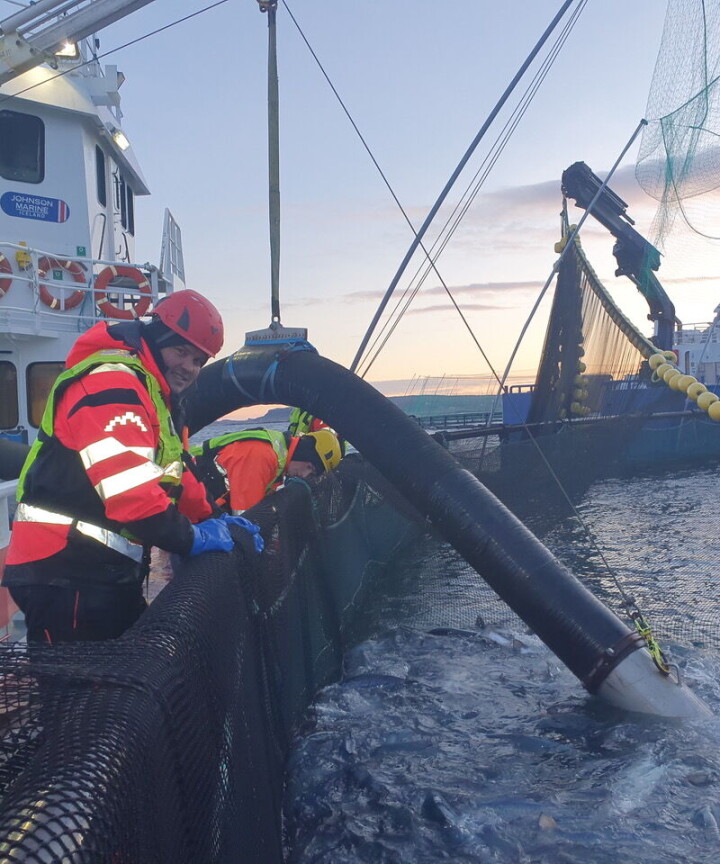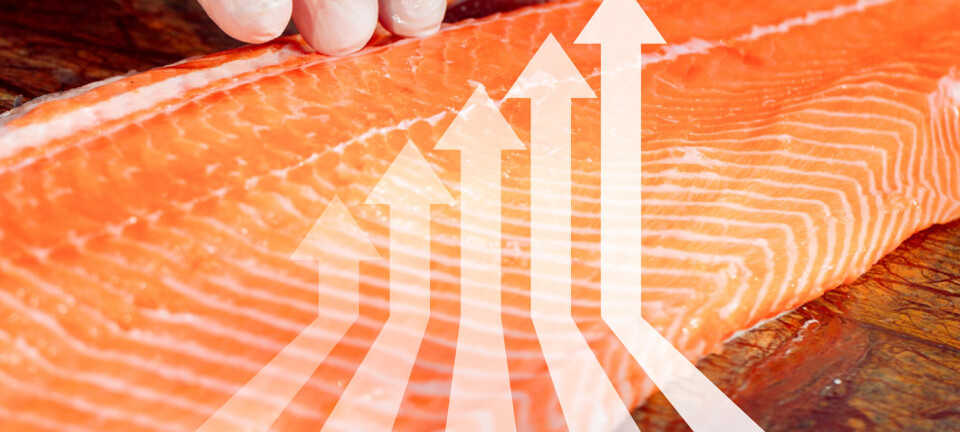
Harvested more in Q4
Ice Fish Farm also made more money in the last quarter of last year
Ice Fish Farm states in a quarterly report for Q4 2023 that turnover rose to NOK 367 million (£27.3m), a marked improvement from NOK 248 million in Q4 2022.
The operating profit before biomass value adjustment (EBIT) also showed a significant increase, from NOK 10.5m to NOK 52m in the same period.
Harvested volume in Q4 2023 increased to 4,202 tonnes, compared to 3,150 tonnes in Q4 2022. This represents growth of 33%.
"Despite a difficult start to the year with no slaughter in the first and second quarters, and limited activity in the third quarter, the total slaughtered volume for 2023 ended at 4,395 tonnes. This is compared to 8,900 tonnes in 2022," the company writes in the report.
Downgrading
Ice Fish Farm reports that cost levels have remained stable from the previous quarter. However, the average price achieved during Q4 fell to NOK 79.6/kg from NOK 86.8/kg in Q3
"This reduction in price achievement can be attributed to the slaughter of smaller fish and the downgrading of fish due to winter damage, combined with a decrease in sales through fixed price contracts, which affects the overall price achievement", reports the company.

The group's EBIT per kg for the fourth quarter of 2023 was NOK 12.3, compared to NOK 18.2 in the third quarter. Despite no fish being slaughtered in the first 8 months of the year, the group's EBIT per kg in 2023 reached NOK 7.1, a doubling from NOK 3.3 the previous year.
Robust smolt
In the last quarter of 2023, Ice Fish Farm AS committed to investing NOK 88m in capital expenditure (Capex), with the main focus on improvements to its smolt facility.
Ice Fish Farm says it has made the smolts grow at a good speed and with improved survival, which makes it possible to more efficiently sort and strengthen individuals before transfer to sea.
The company states that it has implemented strict quality control measures, with third-party assessments that ensure the robustness of the smolt.
"By focusing on optimal land-based conditions and maximising production capacity, we not only improve operating conditions on land, but also ensure better performance and survival rates at sea," states the company.
High survival rate
Ice Fish Farm's smolts benefit from an advanced vaccination program against Moritella viscosa and ISA (infectious salmon anaemia), which the company says is tailored to its operations and Icelandic conditions. It believes this proactive health management strategy is essential for high survival rates.
During 2023, the company achieved a 95% survival rate after 60 days at sea, which is a significant improvement from the previous year.
"These results come as a result of careful handling adjustments and efficient utilisation of wellboats, which reduces costs and ensures the smolt's optimal condition during sea transfer. Continuous improvements in this area are a top priority for 2024," writes Ice Fish Farm.
With strategic investments in smolt facilities, the company aims to produce 7-8 million smolt of 300-400 grams in both spring and autumn.




































































